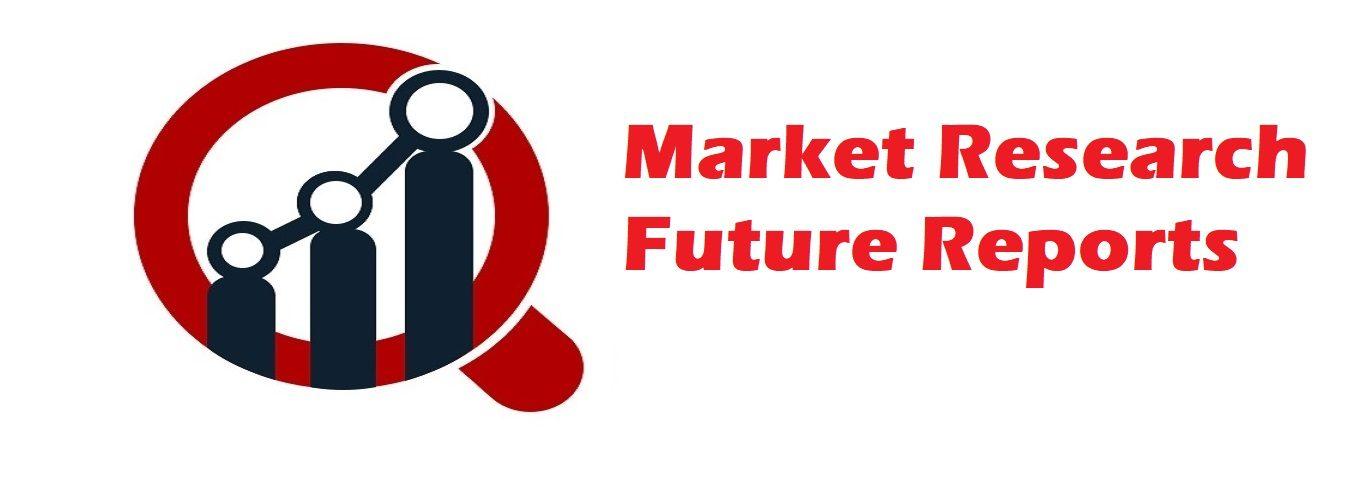Revolutionizing Healthcare: The Rise of Remote Patient Monitoring

In recent years, the healthcare industry has witnessed a paradigm shift with the advent of remote patient monitoring (RPM) devices. These innovative technologies have revolutionized patient care by allowing healthcare providers to remotely monitor patients' vital signs, symptoms, and overall health status in real-time. The global patient monitoring devices market has experienced significant growth, driven by the increasing demand for remote healthcare solutions and the prevalence of chronic diseases. In this article, we delve into the dynamics of the patient monitoring devices market, focusing on remote patient monitoring and the key factors driving its growth.
Remote patient monitoring (RPM), also referred to as remote health monitoring or remote patient care, involves the use of medical devices to collect patient data outside of traditional healthcare settings. These devices enable continuous monitoring of patients' physiological parameters, such as heart rate, blood pressure, blood glucose levels, and respiratory rate, among others. By leveraging technology such as wireless connectivity and cloud computing, RPM devices transmit patient data to healthcare providers in real-time, facilitating timely intervention and personalized care.
The demand for remote health monitoring has surged in recent years, fueled by several factors. One of the primary drivers is the rising prevalence of chronic diseases, such as diabetes, cardiovascular disorders, and respiratory conditions. Chronic diseases require continuous monitoring and management, making RPM devices invaluable tools for both patients and healthcare providers. By enabling remote monitoring, these devices empower patients to take control of their health and adhere to treatment plans while reducing the need for frequent hospital visits.
Furthermore, the COVID-19 pandemic has accelerated the adoption of remote patient monitoring technologies. With healthcare systems under strain and social distancing measures in place, there has been a growing emphasis on remote healthcare delivery. RPM devices have emerged as essential tools for monitoring patients with COVID-19 symptoms remotely, reducing the risk of exposure for both patients and healthcare professionals. Additionally, the pandemic has highlighted the importance of early detection and intervention, further driving the demand for continuous remote monitoring solutions.
The market for remote patient monitoring devices is characterized by technological advancements and innovations aimed at enhancing usability, accuracy, and connectivity. Manufacturers are increasingly focusing on developing wearable devices that are compact, user-friendly, and capable of collecting a wide range of health data. These devices often incorporate sensors, such as accelerometers, gyroscopes, and photoplethysmography sensors, to monitor various physiological parameters seamlessly.
Moreover, the integration of artificial intelligence (AI) and machine learning algorithms has unlocked new possibilities in remote patient monitoring. These algorithms analyze vast amounts of patient data to identify patterns, predict health deterioration, and personalize treatment plans. By leveraging AI-driven insights, healthcare providers can deliver proactive and targeted interventions, ultimately improving patient outcomes and reducing healthcare costs.
In addition to technological advancements, regulatory initiatives and reimbursement policies play a crucial role in shaping the remote patient monitoring market. Governments and healthcare authorities worldwide are increasingly recognizing the benefits of RPM in improving patient outcomes and reducing healthcare expenditures. As a result, there has been a growing emphasis on integrating remote monitoring solutions into healthcare systems and incentivizing their adoption through reimbursement programs and incentives for healthcare providers.
Looking ahead, the future of the patient monitoring devices market is poised for continued growth and innovation. With the ongoing digital transformation of healthcare, remote patient monitoring will play an increasingly integral role in delivering patient-centered care and managing chronic diseases effectively. As technology continues to evolve and regulatory frameworks adapt to changing healthcare landscapes, remote monitoring devices will continue to empower patients, enhance clinical decision-making, and shape the future of healthcare delivery.
In conclusion, remote patient monitoring devices represent a transformative force in the healthcare industry, offering unprecedented opportunities to improve patient outcomes, reduce healthcare costs, and enhance the overall quality of care. With advancements in technology, regulatory support, and shifting healthcare paradigms, the patient monitoring devices market is primed for sustained growth and innovation in the years to come.
Major Key Players:
The Some of the Patient Monitoring Devices Companies are GE Healthcare, Roche Diagnostics, BIOTRONIK SE & Co. KG, Abbott Laboratories, Siemens Healthcare, Philips Healthcare, CAS Medical Systems, Inc., Spacelabs Healthcare, Honeywell International, Inc., Shenzhen Mindray Bio-Medical Electronics Co.
Browse Related Reports:
Wearable Ambulatory Monitoring Devices Market
For More Information, Please Visit @ Market Research Future
- Questions and Answers
- Opinion
- Story/Motivational/Inspiring
- Technology
- Art
- Causes
- Crafts
- Dance
- Drinks
- Film/Movie
- Fitness
- Food
- Games
- Gardening
- Health
- Home
- Literature
- Music
- Networking
- Other
- Party
- Religion
- Shopping
- Sports
- Theater
- Wellness
- News
- Culture
- War machines and policy

